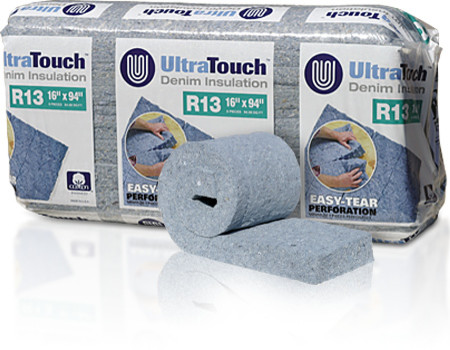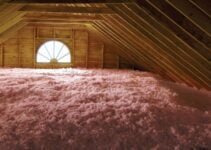When you are replacing your home siding there are many things to take in consideration. Choosing the color and type of the siding are the most popular things to consider. Of course, choosing a nice matching color or choosing from so many types of siding options, such fiber cement, vinyl, etc. improves curb appeal and increases the value of your home.

However, you should not minimize the importance of improving the insulation of your home. Siding replacing is an opportunity for you to replace or improve the old insulation. This project can keep your home warm during the cold season and reduce the energy cost.
You have three options of insulation:
a) Permeable Wrap Insulation
b) Foam Insulation
c) Complete Wall Protection

By Buckminster Green LLC Philadelphia – See more Home Design Photos
a) Permeable Wrap Insulation:
Permeable Wrap Insulation permits your home to breathe. This is characteristic for this type of insulation. It keeps the house warm and dried, allowing moisture to get out. That means no possibility for mildew and mold to grow inside of your home.
Two factors make Permeable Wrap Insulation efficient:
1| Permeable Wrap Insulation must cover completely the exterior surface.
2| A Vapor Barrier has to be included in installation.
Every home insulation project should include Permeable Wrap Insulation (Weather Wrap).
b) Fan fold Insulation (Foam Insulation):
The second type of insulation is fan fold. It is a foam paneled insulation type with a thickness between ¼” and ¾”. The installation of the home outer layer on this flat foam panel is easy and has a perfectly professional look.
Fan fold insulation is not as efficient as other insulation types, but the overall look has an aesthetic effect.
XP Insulation vs. Rigid Mineral Wool Foundation Insulation (howtobuildahouseblog.com)
c) Complete Wall Protection:
Complete Wall Protection with Foam Insulation is the perfect option for vinyl and fiber cement siding types. In fact, this type of insulation is particularly made for each type of siding and for this reason is more expensive than other insulation types. Installation of this insulation type under fiber cement siding can create an incredible 600% more energy efficient home.
To be completely efficient this insulation type has to mold perfectly with the inside of your home siding. In fact, you can check if it is a correct insulation installation by pressing on the house siding. If you feel a solid surface then everything is OK, but if you feel a hollow space you have an improperly installation.
Conclusion: Choosing the perfect type of insulation is critical for your family comfort and for saving energy costs. You should take two factors in consideration: your living area and the type of your house siding.


